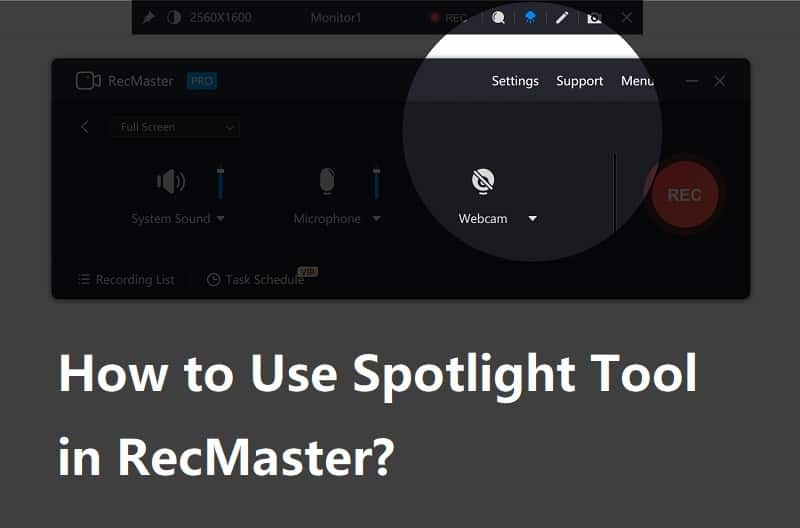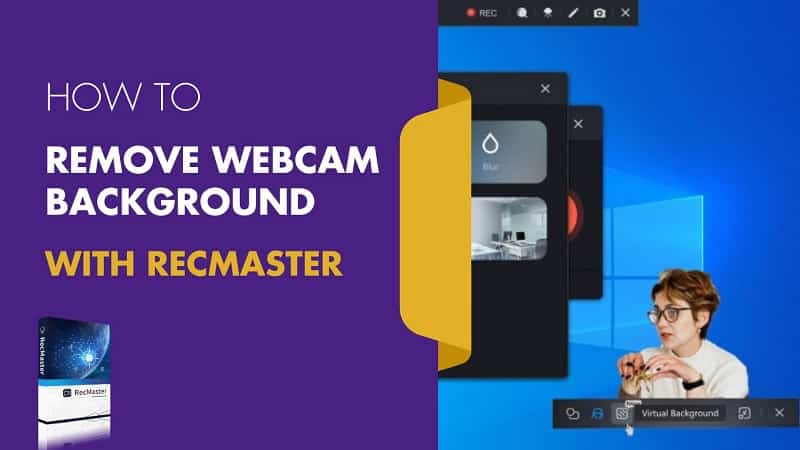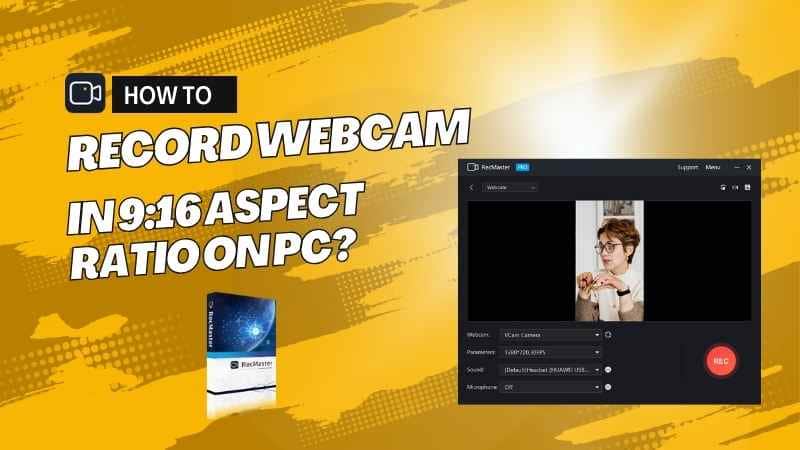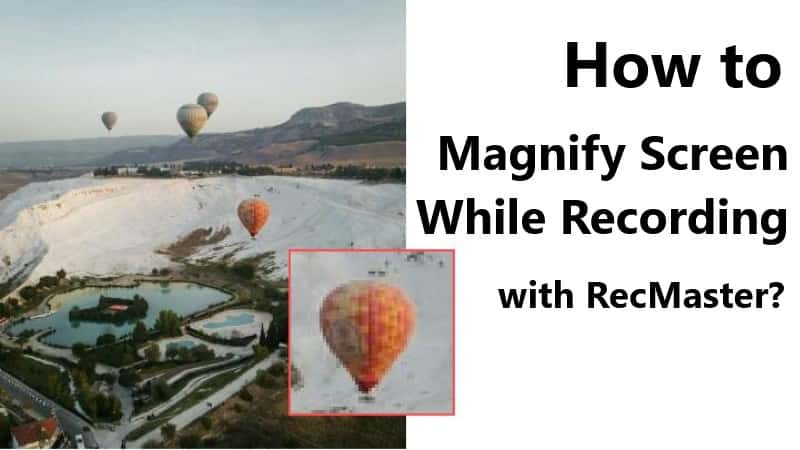Although no official guide here on how to record Windows screens with OBS (26.0), this beginner tutorial will teach you how to in no time. Mac users could also take it for reference because the operations on Windows & Mac OBS Studio are quite similar.
When it comes to free and open-sourced screen recorder, OBS Studio from Jim (maintainer of OBS software) is a household name among the screencasting crowd, especially those who have a demand for live streaming. Then if you are a newbie who just hear this name from any enthusiastic friend around you or on the web, you may find it’s hard to get a screen recording started due to the pro-looking interface, diversified setting options, and lack of official guidance.
Because of this, I will share some OBS tricks to simplify your “OBS how to record” journey, with top capture requirements I rounded up involved, say game capture, full/partial screen capture, multitrack capture, and so forth.
Table of Contents
Get Familiar with the Main UI of OBS
Good start is half the battle and here let’s have a good start by understanding OBS’s main interface first. Set the topmost toolbar aside, there are six main sections in total:
1. Preview:
Once you add the target scene with available capture sources, you can watch the related source image here. By right-clicking it, you can enable, disable, lock, scale, and do preview mode selection.
2. Scenes:
You are enabled to set up scenes as many as you want without a number limit so that you can switch between seamlessly to be pro-looking.
3. Sources:
A dozen ready-made sources are on standby to help you add whatever displays on the screen easily. These sources are listed and reviewed below:
– Audio Input Capture: To record any available audio input device like a microphone and handset.
– Audio Output Capture: To record any available audio output device like speaker/handset.
– Browser: To record any browser tab at a self-defined size & fps with a full URL, like YouTube/Vevo video and Chrome tab.
– Color Source: To add a layer at any color and size to act as a background canvas or “whiteboard” tool.
– Display Capture: Select the display to add to the source regardless of how many monitors your machine is equipped with. Both full screen and a special area of screen capture can be made with this mode. You decide the display location and size on the base canvas.
– Game Capture: To recognize and list DirectX/OpenGL game(s) running on PC for you to choose from, with 3 different capture modes and multiple scale resolution/hook rate options offered for smoother recording.
– Image: To browse and pick any local picture in JPG/PNG/GIF and so on to show in your scene.
– Image Slide Show: Choose a series of local pictures to play in slide mode with transition at a suitable speed.
– Media Source: To import any video or audio files (e.g. MP4/MKV/AVI/FLV/MP3) from the computer and play it at your favorite speed.
– Scene: To add any existing or new scene as a source, which is more proper for complicated overlay capture.
– Text (GDI +): To type and add any simple text renders to recording at desired color, opacity, and position.
– VLC Video Capture: To create a layer of VLC playing (local/streaming) media, but the precondition is the same 32/64-bit VLC software is installed on the PC.
– Video Capture Device: To add any integrated or connected video capture device at default or customized resolution/fps/color, which may be a webcam, a video/game capture card, or so on.
– Window Capture: As the name suggests, it’s to enable any certain app window, including desktop software, browser, explorer, Windows Store, etc.
– Group: Similar to Photoshop’s folder functionality, Group is designed to help you sort out sources if there are too many items.
Resource: More detailed OBS Sources guide on obsproject wiki
4. Audio Mixer
OBS Studio has this mixer tool since version 21.0, from which you can see all of your added audio sources and adjust their channel volume, whether to mute or not, and track number (in the Advanced Audio Properties panel) if you are bound to make multitrack capture.
5. Scene Transition
For two or more scenes captured, when you switch between either two, set and apply the fade/cut/slide/swipe transition effect here.
6. Controls
Besides start/end recording, Settings is the most important and also most frequently used control. Usually before a real capture, you should open the Settings panel to check, change (if necessary), and confirm those key settings on Video and Output’s Recording section.
Easier Screen Recorder for Windows PC & macOS
If you are in a hurry to record something on the computer and have no time to delve deeper into so technical OBS Studio, I suggest you try easier RecMaster to fulfill the carrying capture needs. Then you can learn how to use OBS to record later in your spare time by viewing video tutorials on YouTube and checking through the official wiki posts to obtain in-depth knowledge of this program.
RecMaster is designed to help all kinds of people to create high-quality screen videos easily and fast. With several cover-all recording modes built-in and key parameters adjustment available, you are free to record your whole desktop, a certain area, the webcam, the system, or/and microphone sound and output them into mainstream file formats, for instance, MP4, AVI, FLV, MP3, WAV, etc.
Better still, it gives some functions that OBS doesn’t have at all, like scheduled recording, auto-capture at Windows startup, real-time annotation, mouse cursor highlight & click effect, internal basic editor, and one-click-share access to YouTube/Google Drive.
Step-by-step Guide on How to Record with OBS
After having a general knowledge of OBS’s main interface, let’s get together to walk through an easy OBS recording instruction. Please download OBS according to your system and get it installed on your machine.
The latest version of OBS for Windows: V26.0.2
Release date: October 6th, 2020
Supported system: Windows 8, 8.1 and 10
Download link:
https://cdn-fastly.obsproject.com/downloads/OBS-Studio-26.0.2-Full-Installer-x64.exe (for 64-bit)
https://cdn-fastly.obsproject.com/downloads/OBS-Studio-26.0.2-Full-Installer-x86.exe (for 32-bit)
When the setup is finished, launch OBS Studio and start your first capture easily as follows:
Step 1. Add source(s) and scene(s)
By default, there’s a scene with no source added. So you should click the “+” icon under Sources to add target content according to the instructions above and make it visible, such as if you want to record the entire desktop, add a “Display Capture” source; record the game by clicking “Game Capture”, record webcam feed to choose “Video Capture Device”, record mic narration to select “Audio Input Capture”…
If you have added more than one video source to the canvas, you must list them in the right order under Sources control and tweak their sizes manually by dragging the border.
Note: For the first time using OBS or not, you can take advantage of “Auto-Configuration Wizard” (under Tools drop-down list) to test, give ideal setting recommendations, and allow you to do a one-click recommendation application.
Step 2. Choose video format and more
In most cases, video format is the top concern for general customers. Since OBS is preloaded with many output formats under Settings -> Output -> Recording -> Recording format, you can navigate to this panel to choose a format you like like MP4, MKV, MOV, or FLV. If none of them is what you want, alter the Output Format from “Simplg” to “Advanced”, then the recording type from “Standard” to “Custom Output (FFmpeg)” and make more container formats available to choose from.
As to other video settings, expect Base (Canvas) and Output (Scaled) resolution under the Video category which represents the in-app video size and final exported video size respectively, if you have no idea how to configure them, simply keep them all by default. Only when the capture process or captured clip is laggy, too large, bad quality, or black screen will you dig around for better capture settings? (See also: Best OBS Settings for Recording 1080P/720P Video)
Step 3. Start and End Recording
Tap “Start Recording” to have the capture process on immediately, during which you can pause and unpause it at any time. When the documentation or demonstration is over, press “Stop Recording” to give it to an end and save it locally.
Final Words
I believe after completing this 3-step guide on how to record with OBS on Windows (10), you must have a brief idea of how to get a quick start. If you feel it’s really hard to begin, try an easier screen recorder like RecMaster instead.

RecMaster
Screen recording made easy.
Record every moment on your PC or Mac within few clicks.
Download Download
-
How to Use RecMaster, a Screen Recorder with Timer & Auto-Stop
-
How to Record Tutorials Like a Pro Using RecMaster?
-
The Top Halloween Screen Recorder Deals 2025
-
Step-by-Step Guide: How to Record Gameplay Without Lag?
-
RecMaster’s Secret Weapon: The Full Guide to Using the Annotation Tool for Killer Tutorials
-
RecMaster Pro-Tip: Direct MP3 Output for Scheduled Recordings (Audio-Only) 🎧
-
How to Promote Your Game with a Stunning Gameplay with RecMaster?
-
The Ultimate Guide: How to Record Mafia: The Old Country Gameplay with RecMaster?
-
How to Record Gemini Storybook with RecMaster?
-
How to Record Bendy: Lone Wolf Gameplay with RecMaster?
-
How to Set 1-Click Beauty with RecMaster for a Better Look?
-
How to Record in the Best Video Quality with RecMaster (with VBR or CBR)
-
How to Blur Your Webcam Background in RecMaster: A Quick Guide
-
How to Use Spotlight Tool in RecMaster?
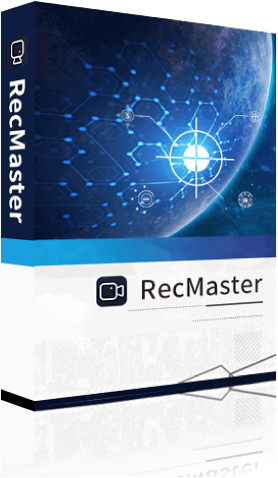
RecMaster – Record Every Moment on Your Computer Screen
Record 1080p or even 4K clips at 60fps to maintain the high quality still.
Flexible settings for mouse cursor effects, watermark and annotations.
Preloaded with recording scheduler, video editor. Allow one-click sharing.
Related & Hot Articles
Subscribe to keep up with the latest software discounts , news, and updates.


